- About MAA
- Membership
- MAA Publications
- Periodicals
- Blogs
- MAA Book Series
- MAA Press (an imprint of the AMS)
- MAA Notes
- MAA Reviews
- Mathematical Communication
- Information for Libraries
- Author Resources
- Advertise with MAA
- Meetings
- Competitions
- Programs
- Communities
- MAA Sections
- SIGMAA
- MAA Connect
- Students
- MAA Awards
- Awards Booklets
- Writing Awards
- Teaching Awards
- Service Awards
- Research Awards
- Lecture Awards
- Putnam Competition Individual and Team Winners
- D. E. Shaw Group AMC 8 Awards & Certificates
- Maryam Mirzakhani AMC 10 A Awards & Certificates
- Two Sigma AMC 10 B Awards & Certificates
- Jane Street AMC 12 A Awards & Certificates
- Akamai AMC 12 B Awards & Certificates
- High School Teachers
- News
You are here
HoM Toolbox, or Historiography and Methodology for Mathematicians: Introduction – What is the History of the History of Mathematics?
Historiography is about how historians create history both now and throughout the passage of time. In other words, the professional discipline of history of mathematics has a history of its own. Historians of mathematics are human beings, influenced by their contexts and their own personalities, so neither the purpose nor the practice of history of mathematics has remained static. On this page, we briefly trace some of the major developments in the history of the history of mathematics, emphasizing changes in approaches to historical interpretation. While the local needs of their history of mathematics courses may reasonably dissuade instructors from lecturing on this material, they are welcome to direct students who ask questions about historiography to this page. As is true of mathematics, an exposure to the history of the history of mathematics can also humanize the subject by showing students that it has been researched and written by people who may not have been that different from them. (And, conversely, a look at “typical” historians of mathematics from the past can serve as a reminder that diversifying the discipline in the present remains a work in progress.) Anyone interested in reading further can find another concise overview in [Grattan-Guinness 1994]; two detailed academic studies are [Dauben and Scriba 2002] and [Remmert, Schneider, and Kragh Sørensen 2016].
Mathematicians have been acknowledging their predecessors since the ancient era, so historians often identify Eudemus of Rhodes (ca 350–ca 290 BCE) as the first historian of mathematics, although his writings have been lost and we only know about them because Pappus of Alexandria (ca 290–ca 350 CE) mentioned them. Mathematicians continued to discuss the work of earlier mathematicians who influenced their discoveries, but that historical information generally took the form of chronicles, lists of facts and events that lacked the analysis and interpretation that would have turned these accounts into histories. The historical information might also have been cherry-picked, naming only a few famous figures, even when mathematicians focused on a specific subject, such as John Wallis’s Treatise of Algebra.

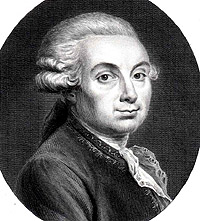
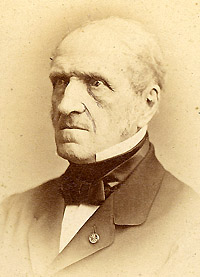
Figure 9. A few of the historians of mathematics included in Convergence’s Portrait Gallery:
John Wallis (1616–1703), Jean Étienne Montucla (1725–1799), and Michel Chasles (1793–1880).
Thus, Jean Étienne Montucla (1725–1799) is considered one of the first historians of mathematics to treat the subject as a scholarly enterprise and the first to prepare a history that covered all of mathematics. Like other Enlightenment writers, Montucla aimed for encyclopedic coverage and critically analyzed his subjects. His assessments were limited by a belief in progress that was also typical of the 18th century—for example, John Playfair’s shorter history of mathematics, prepared for Encyclopaedia Britannica, similarly assumed that mathematics was continually moving forward. Both men and others added regions such as India and China to the topics covered by history of mathematics, while professors such as Robert Simson tried to restore original sources from ancient Greece.
By the middle of the 19th century, the notion of periodization was well-established, as was the assumption that the history of mathematics was about its “great men”. Some scholars began editing the published works and unpublished manuscripts of giants such as Galileo or Euler. Although others looked at perceived differences between nations in order to express pride in or criticism for a country’s mathematical activities, histories persisted as largely descriptive endeavors, ignoring the complexities of the past. Near the end of the century, historians of mathematics increasingly adopted the first theoretical approach to historical interpretation that emerged from the newly-professionalized academic discipline of history, which was often characterized as “empirical” or “scientific.” For historians of mathematics, initially this meant that they paid very close attention to detail, producing massive volumes on narrow subjects, and that they studied mathematical works in their original languages.
Their interest in detail evolved in the histories of science and mathematics in the first half of the 20th century into an approach known as “internalism”. The term denoted a highly technical study of the mathematics in a document, with minimal consideration of the creators of mathematics, their institutions, and their careers, let alone their lives outside of mathematics and their social and cultural contexts. History of mathematics continued to develop in other ways, as its practitioners separated from the discipline of history of science, added areas of study such as mathematics education and medieval Arabic mathematics, and, after World War II, founded national and international academic societies and journals. Some historians began systematically documenting the participation of women in the history of mathematics. Courses in the history of mathematics became more common, which meant that textbooks had to be written for undergraduate students.
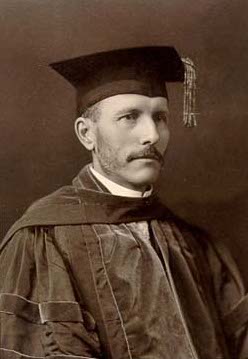
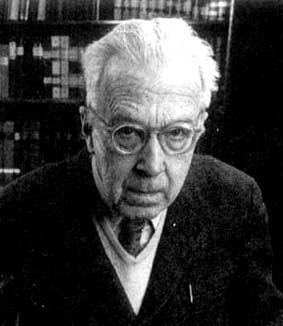
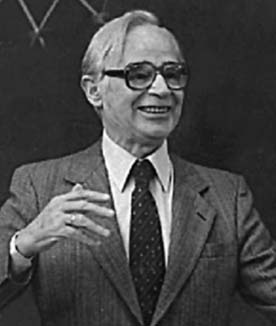
Figure 10. More historians of mathematics from Convergence’s Portrait Gallery: Florian Cajori (1859–1930),
Otto Neugebauer (1899–1990), and Bartel Leendert van der Waerden (1903–1996).
From the perspective of theoretical approaches, major debates in the 1970s shaped how historians understood the purpose of history of mathematics and what they did to research and interpret the past. First, some historians of mathematics noticed that scholars in other fields were considering the contextual aspects that were ignored in internalism. They therefore advocated for an “externalism”; bitter battles between the two schools of interpretation were waged in journals such as Historia Mathematica, although ultimately internalists began taking into account more external factors while externalists became more mindful of internal characteristics. An early example of the new scholarship was [Mehrtens, Box, and Schneider 1981]. Adjunct to the fight between internalism and externalism, a historian of mathematics named Sabetai Unguru (b. 1931) took on leading mathematicians such as André Weil (1906–1998) and leading historians such as Bartel van der Waerden (1903–1996) over who was qualified to research and write the history of mathematics and whether it was appropriate to use modern notation and techniques to describe and analyze mathematical writings created before those ideas existed.
Beginning in the 1990s, historians of mathematics actively sought out “new” theoretical approaches from history and from history of science that addressed social, cultural, and institutional dimensions of the past. Some of these will be explored in later installments of this article series. Additionally, [Stedall 2012] evaluates some strengths and weaknesses of recent approaches and methodologies. A history of mathematics textbook that explains how historians’ understandings of the past have changed over time as new sources have come to light or as historians have looked at existing sources in new ways is [Barrow-Green, Gray, and Wilson 2019–2022].
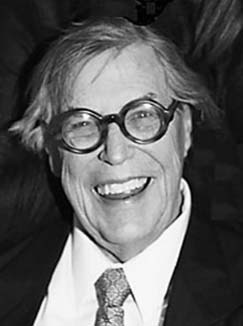
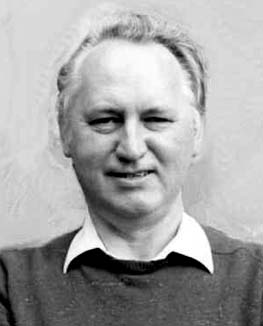

Figure 11. Still more historians of mathematics from Convergence’s Portrait Gallery: Asger Aaboe (1922–2007) and Derek Thomas Whiteside (1932–2008). Can you envision yourself as a historian of mathematics, too?
Amy Ackerberg-Hastings (MAA Convergence), "HoM Toolbox, or Historiography and Methodology for Mathematicians: Introduction – What is the History of the History of Mathematics?," Convergence (December 2022)




